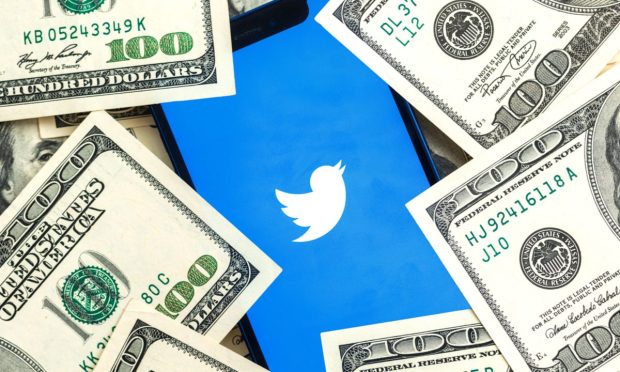Twitter Turns to Payments as Ad Revenues Sink

Twitter is moving closer to its plan to process payments across the platform in a move to monetize the popular social media service.
Purchased by Tesla and SpaceX owner Elon Musk in October for $44 billion, Musk has wanted to bring payments to Twitter since before he owned the company, returning the firebrand entrepreneur to the payments industry where his story began.
Since the October acquisition, a flurry of filings points to imminent plans to introduce embedded payments across the service.
See also: Musk Says Payments Will Be Part of ‘Twitter 2.0’
On Monday (Jan. 30), The Financial Times reported that “Twitter has begun applying for regulatory licenses across the U.S. and designing the software required to introduce payments across the social media platform, as Elon Musk searches for new revenues to turn round the business.”
Musk is in a tight spot as advertisers have abandoned the platform in droves since his takeover, citing concerns over content moderation and related issues. Ad revenues had been in the range of $5 billion a year, but the platform was widely reported to have lost up to half its advertising commitments by November.
NPR reported that “Chevrolet, Chipotle Mexican Grill, Inc., Ford, Jeep, Kyndryl, Merck & Co. and Novartis AG all issued statements about halting Twitter ads or were reported and confirmed as doing so,” adding their names to a longer list of advertiser defections.
Read more: Twitter Offers ‘100% Value Add’ to Some Advertisers
Reports say that Twitter executive Esther Crawford is heading the platform payments initiative, with FT noting that “Crawford’s team is forging ahead, including devising a vault for storing and protecting the user data that would be collected by the system,” citing two people with insider knowledge.
Crawford has been promoted to the chief executive of Twitter Payments, according to FT.
Musk is an early platform payments innovator who formed the online bank X.com in 1999, which, through a sequence of events, became the first version of PayPal in 2001.
Monetizing Twitter was on Musk’s mind months before the transaction, as he told Coindesk last June that money is “fundamentally digital at this point and has been for a while,” adding that “it would make sense to integrate payments into Twitter so it’s easy to send money back and forth.”
The platform moved quickly after the acquisition closed, filing an application with the Financial Crimes Enforcement Network (FinCEN) in November as a first step in being able to process payments.
See also: Twitter Reportedly Filed With FinCEN to Process Payments
The larger play for Twitter may be Musk’s widely reported super app ambitions.
As PYMNTS reported, “The super app is an idea Musk has modeled on China’s WeChat, which does everything from social media, chat, and video messaging to banking and payments. Along with China’s other payment giant, AliPay, it controls more than 90% of the digital payments market.”
As to the vision for how embedded payments can function as a revenue stream, FT pointed to “an early pitch deck to investors” before the acquisition that said Musk believes Twitter hopes to realize $1.3 billion in payments revenues by 2028. That story was originally broken by the New York Times.
